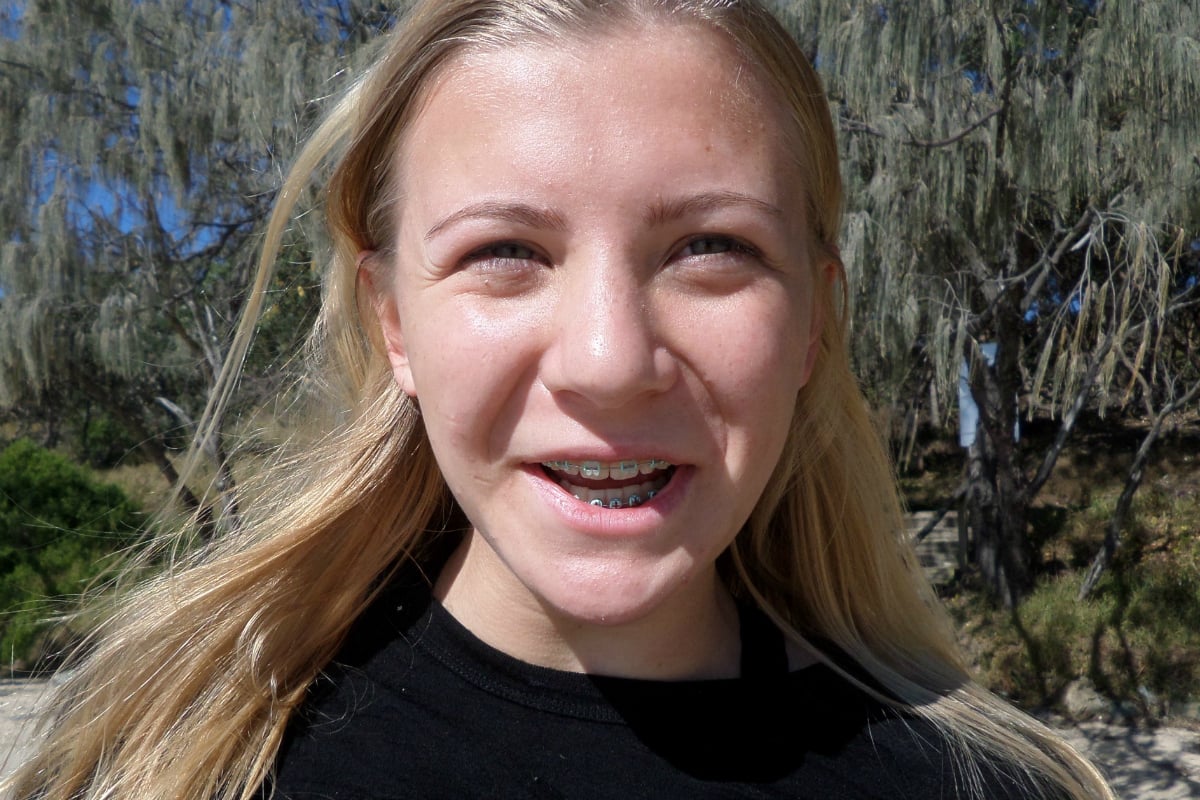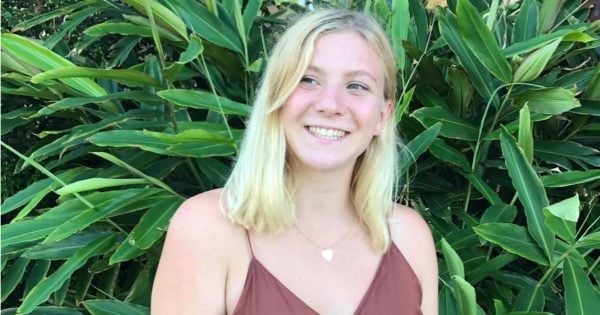

When the prettiest girl at school turned up one Monday with her head in what looked like a metal cage the rest of us were frozen with fear. For two years her lovely face was in some sort of tooth detention unit.
Those of us with an overbite or crooked teeth decided to keep our mouths shut, lest we face the metal face fencing. Of course when the braces came off, the suffering was worth it. Her teeth were straight. Her smile was radiant.
Although she had endured some pretty awful brace-ism. That’s the term for the ridicule people with braces can experience when unkind people are mean to them.
The culture around braces back then reflected the social stigma and the pain kids with braces in my era were subjected to. Merciless taunts like ‘metal mouth’, ‘brace face’ and ‘railway tracks’.
When my daughter got braces at 15 I was worried for her, and then delighted to discover that sort of ‘brace-ism’ of my generation wasn’t there. And because of that, and how much better the materials are now and the variety of options available for people needing their teeth fixed, my daughter Sophia WANTED to get braces. She actually begged me. As you can see in the photo above, she got them.
The whole experience was a real learning curve for me. Here’s what I found:
1. Braces aren’t just metal anymore.
In the past braces were made from stainless steel and attached to the front surfaces of the teeth. Now you can have ceramic braces that are clear, and you can even have something called lingual braces applied to the back of the teeth. You can have tooth-coloured brackets. You can even have coloured bands if you want something funky. Braces are a little more fashionable now, which just makes the process of getting them so much more appealing.


